Last Chance to Catch NYC's Holiday Notalgia Train
We met the voices of the NYC subway on our nostalgia ride this weekend!


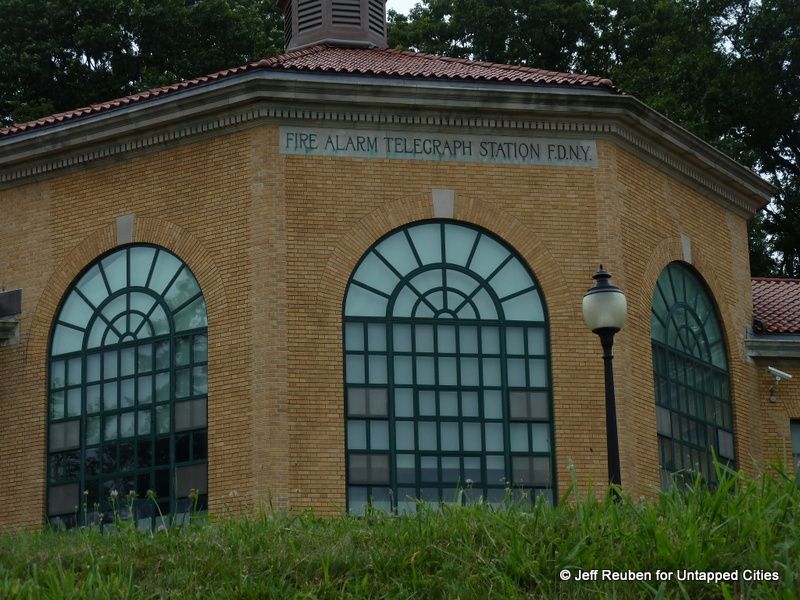
Spread across the five boroughs of New York City, the Fire Alarm Telegraph Stations stand in City parks as reminders of the City’s efforts decades ago to improve the efficiency of its fire fighting system. They are architecturally distinctive buildings set in bucolic park settings, with minimal signage to indicate their purpose.
During the 1910s and ’20s, the Fire Department of New York built Fire Alarm Telegraph Stations in the Bronx, Brooklyn, Manhattan, and Queens, to serve as central dispatching offices. Unlike firehouses and the Fire Headquarters, they were deliberately placed in isolated park sites, so as to minimize the risk that fires from neighboring buildings could endanger. It also provided space for freestanding radio towers.
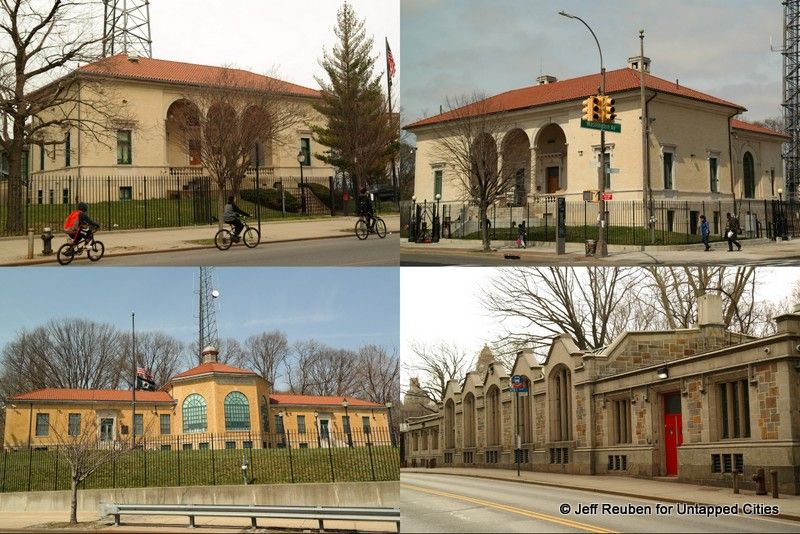
Reflecting the City Beautiful Movement of that era, which emphasized that public buildings should not only be functional but also should enhance the visual character of their surroundings, New York’s Fire Alarm Telegraph Stations could easily be mistaken for being cultural or educational buildings.
But, the Fire Alarm Telegraph Stations were built to save lives first and be beautiful second. Plans for the first three facilities were approved in 1912, just a year after the Triangle Shirtwaist Factory Fire killed 146. McClure’s magazine declared in December 1911 that “the New York fire-alarm system is the worst in the United States.”
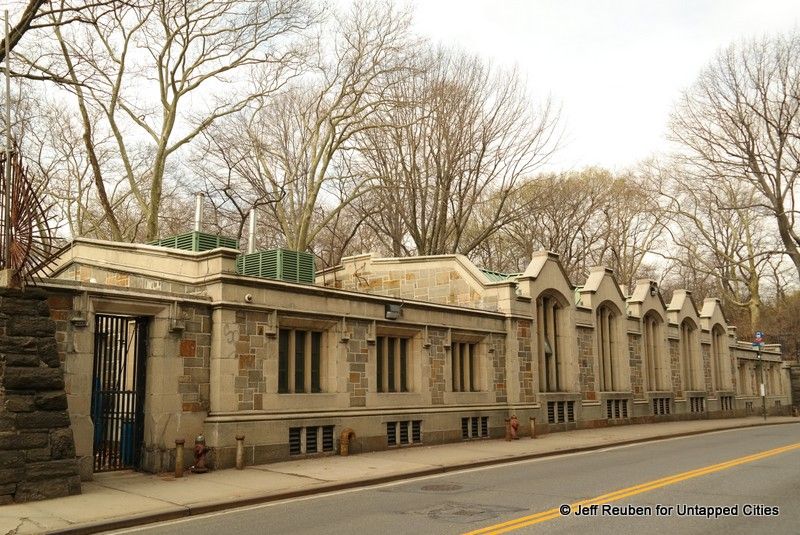
In Manhattan, the Fire Alarm Telegraph Station was placed hard up against the 79th Street Transverse Road that cuts through Central Park in a trench. Even though this low-slung one-story building is hidden from the view of most park visitors, it was designed in an English Gothic style with a stone facade to be compatible with other structures and buildings in the park, including Belvedere Castle which is located nearby.
The Manhattan station was designed by Morgan & Trainer architects, who also created several firehouses across the city. The emphasis on architectural quality was not only for the exterior; the plans also included Guastavino tile for the vaulted ceiling of the instrument room.
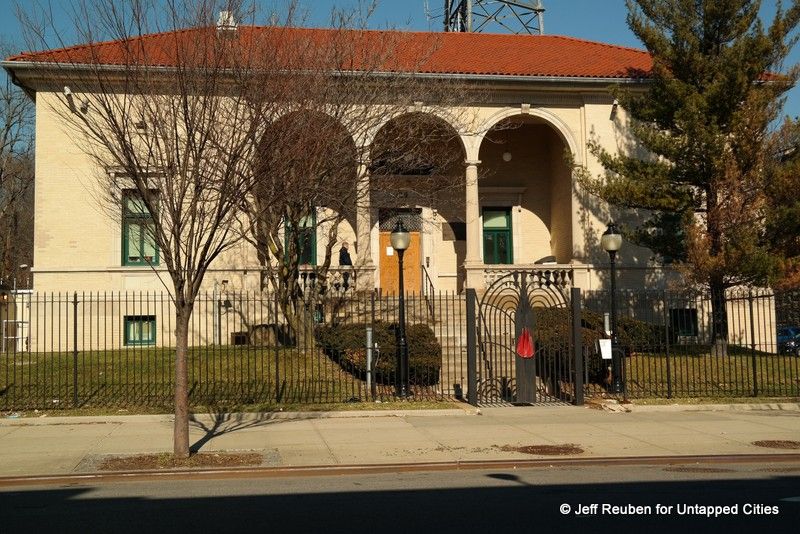
The Bronx and Brooklyn Fire Alarm Telegraph Stations, which are virtually identical in appearance, are Italian Renaissance Revival style buildings featuring a triple-arch entry loggia and a red tile hip roof. They were designed by Frank J. Helmle, an architect responsible for many buildings in Brooklyn including the Prospect Park Boathouse.
The Bronx station is located at the southeastern corner of Bronx Park, near the Bronx Zoo, while the Brooklyn station is located on parkland adjoining the Botanic Garden. Both are set back slightly from the street with lawns, creating stately settings along major urban thoroughfares. The Brooklyn station is a NYC Landmark (designated 1966), but its Bronx twin is not.
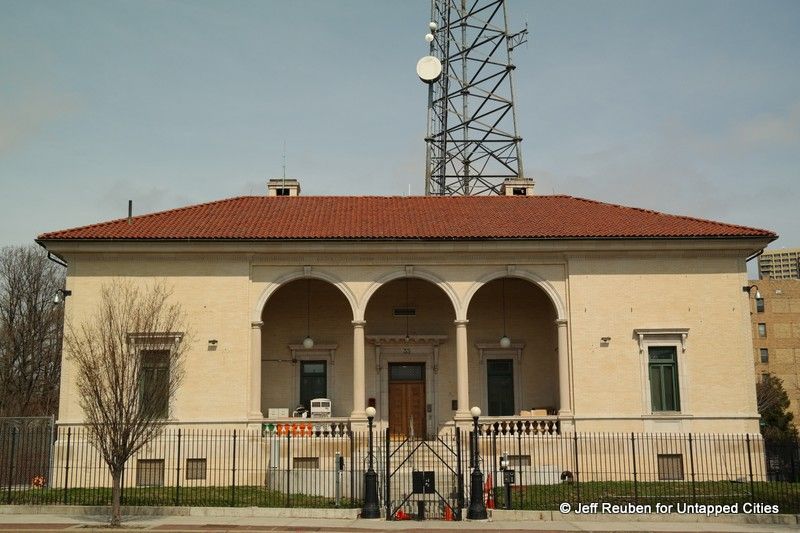
The Bronx, Brooklyn, and Manhattan Fire Alarm Telegraph Stations were constructed 1913-1915, but were not placed into service until the new alarm systems they were built to interface with were completed. Manhattan’s station opened in 1922 and Brooklyn and the Bronx followed in 1923.
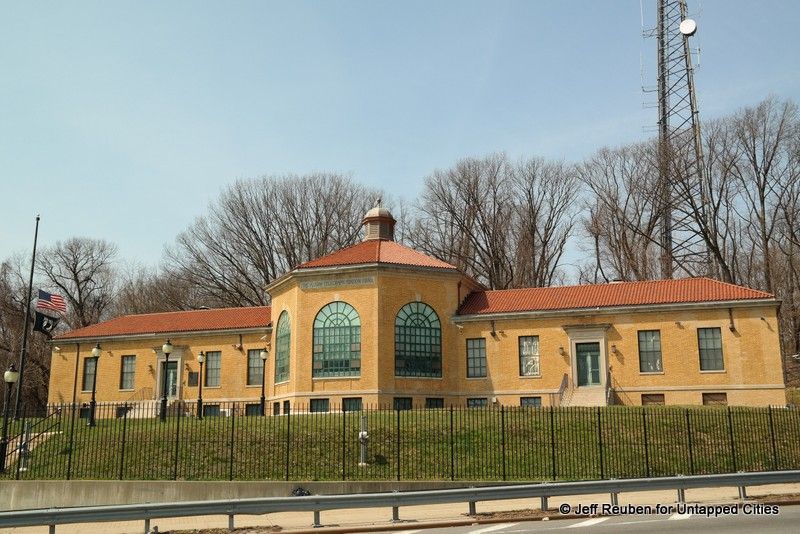
Following the opening of the three original Fire Alarm Telegraph Stations, a Queens Fire Alarm Telegraph Station in Forest Park was built and started operating in 1928. It sits prominently on a grassy knoll facing Woodhaven Boulevard and Park Lane South with a grove of trees rising behind it.
The one-story station features an octagon-shaped central section with arch windows and a hip roof crowned by a cupola. There are flanking wings with limestone framed entrances. Curiously, this impressive building, incorporating Beaux-Arts and neo-Georgian design elements, is attributed to John R. Sliney, the Fire Department’s Building Inspector. Any architect who assisted Sliney is unrecorded.
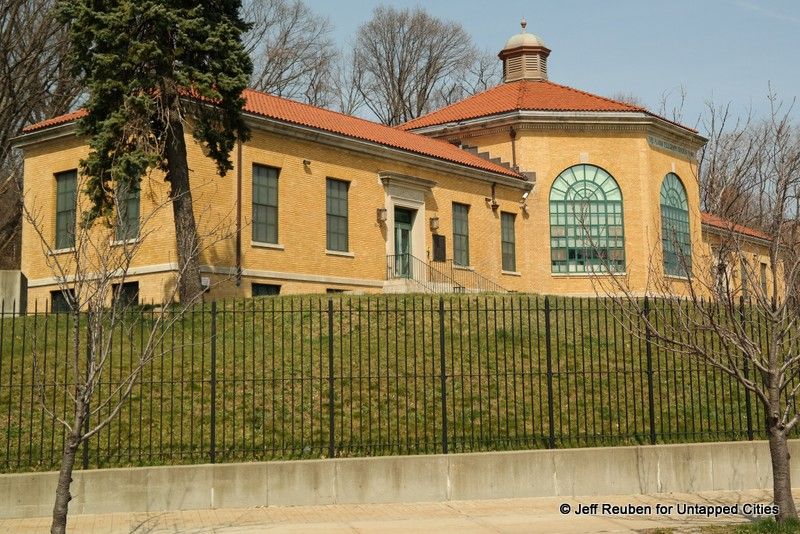
The placing of the Fire Alarm Telegraph Stations in parks was not without controversy. For example, after widespread opposition, original plans to put the Bronx station near a playground in Crotona Park were dropped and the Bronx Park site was selected instead.
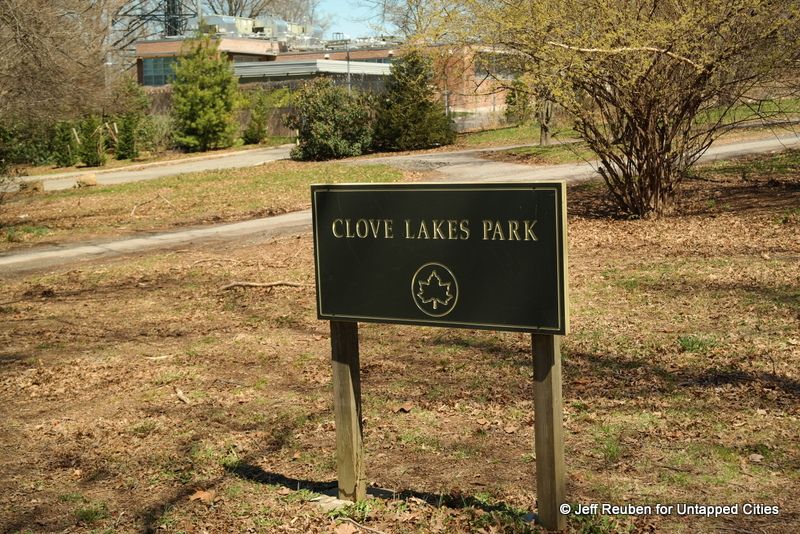
Staten Island did not get a dedicated facility of this type until 1962, when the island’s fire communications center moved from Borough Hall to a new building in Clove Lakes Park. Apart from the adjoining 200-foot tall radio tower, it’s easy to miss and lacks the architectural character of the earlier Fire Alarm Telegraph stations.
Reflecting the Cold War times it was built in, the Staten Island facility was designed to withstand an atomic bomb attack, “except in case of direct hit or near miss,” the New York Times reported. It was built with a 35-foot below-ground bunker capable of operating for up to two weeks after an atomic bomb attack.
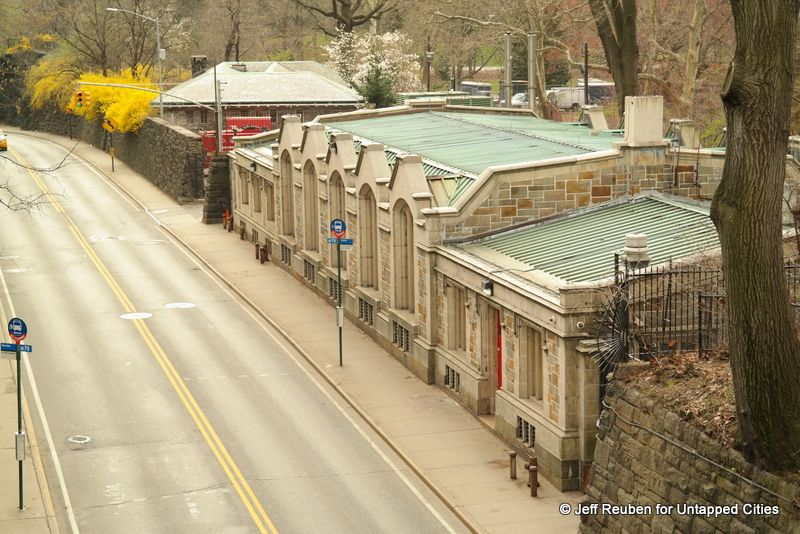
There’s a mystique about these Fire Alarm Telegraph Stations; they look like they could be the secret headquarters of comic book superheroes. But, in reality, they have been the workplace of real heroes who use the magic of technology to speedily dispatch firefighters and EMTs where they are needed to save lives and property.
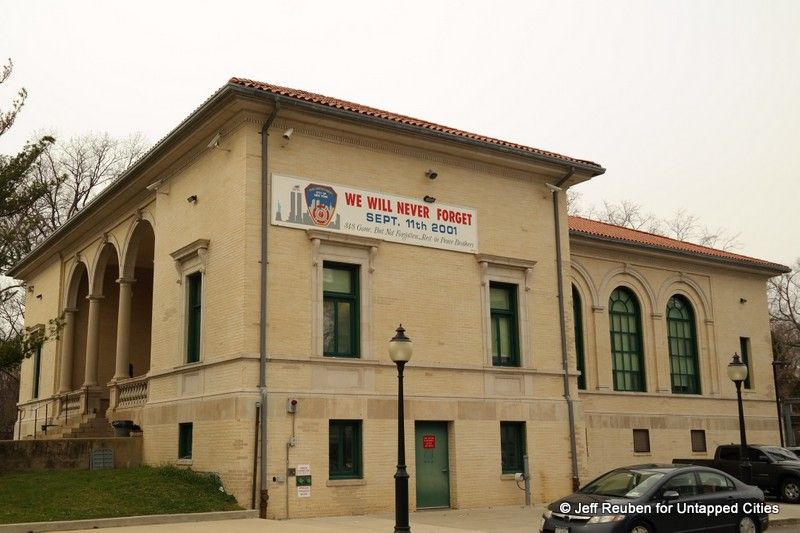
Next, read about repurposed fire stations in NYC, the hidden emerald gem: Forest Park in Queens, and the secrets of the Brooklyn Botanic Garden.
Subscribe to our newsletter